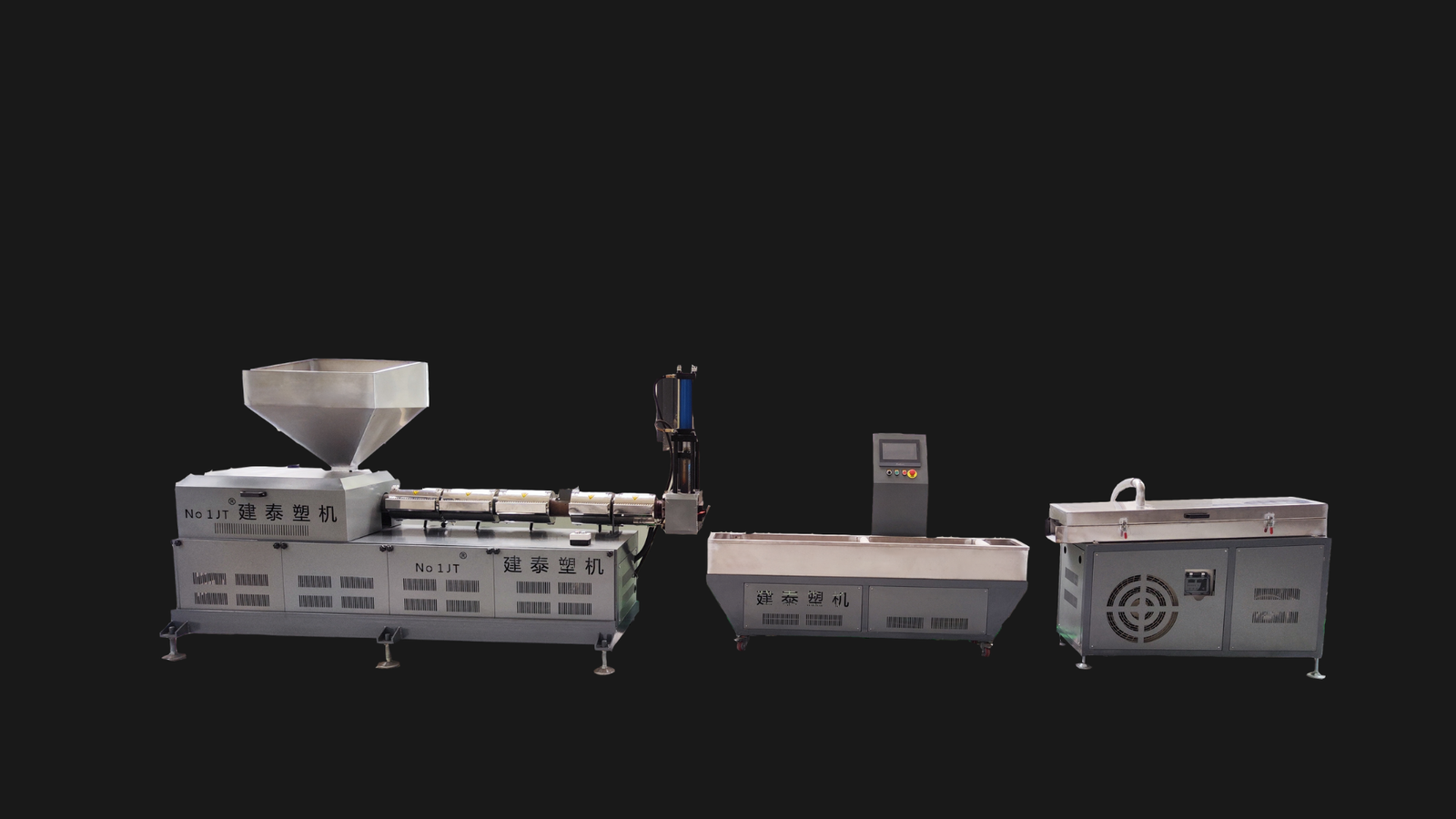Plastic granulator technology and progress
Plastic waste is a growing global crisis, with over 8 million tons entering the oceans each year. While recycling has the potential to divert plastic from landfills and waterways, challenges persist in efficiently processing scrap plastics to make recycled material competitive with virgin resin. Granulators play a key role in preparing recycled plastics for remanufacturing, but traditional designs struggle to handle the complexities of real-world waste streams. New granulator technologies are aiming to improve performance, cost-effectiveness, and versatility in recycling systems.

Granulation is an essential step in plastic recycling facilities. Granulators shred and fragment post-consumer plastic products into smaller pieces for washing, sorting, and melting into recycled resin pellets. Conventional granulators utilize rotating shaft designs with fixed knives or hammers to pulverize plastic feedstock. While effective on uniform production scrap, these granulators encounter several limitations in recycling applications:
Difficulty processing diverse, contaminated plastics - Municipal recycling contains a mix of polymer types, labels, inks, and other contaminants that can jam traditional fixed-knife granulators.
Lack of flexibility - Fixed granulator designs generally handle narrow plastic type ranges and particle sizes. Adjustments require significant downtime for retooling and testing.
High energy consumption - Traditional granulators require high torque motors to drive the cutting shafts, increasing operating costs.
Maintenance headaches - Fixed knife and hammer granulators are prone to wear, dulling, and fracture, necessitating frequent blade changes and rebalancing.
Safety issues - Exposed cutting elements and high RPM operation raise risks of injury. Noise and dust are also problematic.
To overcome these obstacles, granulator manufacturers have introduced improved technologies tailored to the challenges of plastic recycling:
Intelligent Power Control
Advanced sensors and software enable granulators to modulate electrical energy consumption based on load. By precisely matching motor output to each batch, intelligent granulators avoid energy waste from constant high-torque operation. This optimizes efficiency, significantly reducing operating costs.
Automated Feed Rate Adjustment
Sophisticated load sensing allows granulators to automatically optimize the rate of plastic feeding into the cutting chamber. Real-time feed rate calibration prevents material jams while maximizing throughput. This "smart" functionality improves reliability and productivity.
Flexible Cutting Systems
New cutting systems employ an array of pivoting blades, adjustable hammers, or shredding discs. Variable geometry enables these granulators to handle a wider range of plastic types, shapes, and sizes. Changeover is also faster for flexible units. Indexable blade and hammer options further enhance versatility.
Precision Material Recovery
Specialized granulators aid in liberating valuable materials from plastic waste for high-purity recovery. Using multi-stage size reduction and integrated separation steps, these units extract materials like paper labels, aluminum deposits, and even inks and dyes. This generates purer recycled plastic streams.
Low-Noise Operation
Insulated housings, vibration damping, noise-canceling drive systems, and air circulation work together to achieve dramatic noise reduction. Low-noise granulators mitigate hearing hazards and improve the workplace environment.
Enhanced Accessibility and Ease of Maintenance
Better internal component access via large doors or extraction systems simplifies inspection, maintenance, cleaning, and blade changes. Some granulators feature tool-less disassembly and modular replaceable parts. Improved accessibility reduces maintenance time and enhances safety.
Remote Monitoring and Control
Modern granulators integrate sensor networks, processors, and software that enable remote system control, performance tracking, diagnostics, and predictive maintenance. Operators can monitor and adjust granulators in real-time without exposure to hazardous areas.
With growing public pressure to expand recycling programs, municipalities and processors need scalable, flexible solutions to divert more plastic waste. Upgraded granulation technologies are key to transitioning recycling operations from fixed streams of production scrap to dynamic mixed post-consumer materials. New high-performance granulators improve productivity and reliability in converting contaminated plastics into usable recycled resins and commodities. By driving efficiencies across recycling systems, advanced granulators provide sustainability and economic competitiveness to recycled plastic products. Looking ahead, automated intelligent granulators integrated with sorting robots and AI-based optical scanners will continue to drive improvements in plastic recovery. While plastic waste management faces ongoing challenges, emerging granulation technologies provide new momentum for a circular economy.
 Get a quote
Get a quote